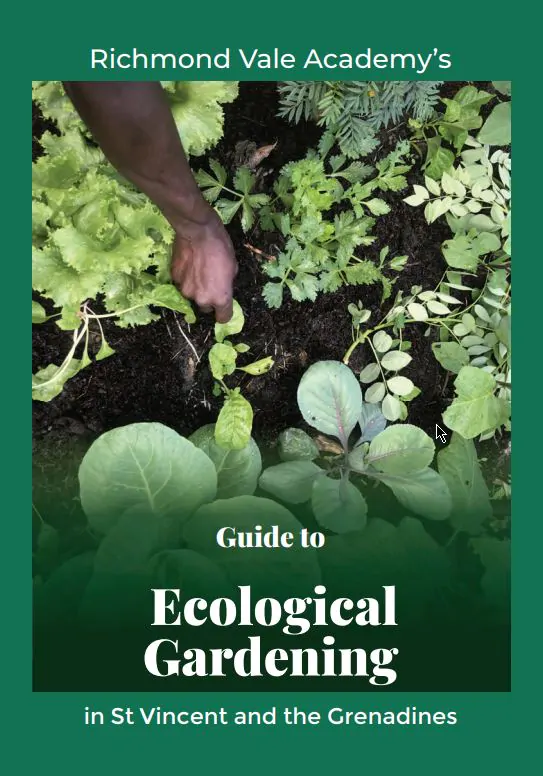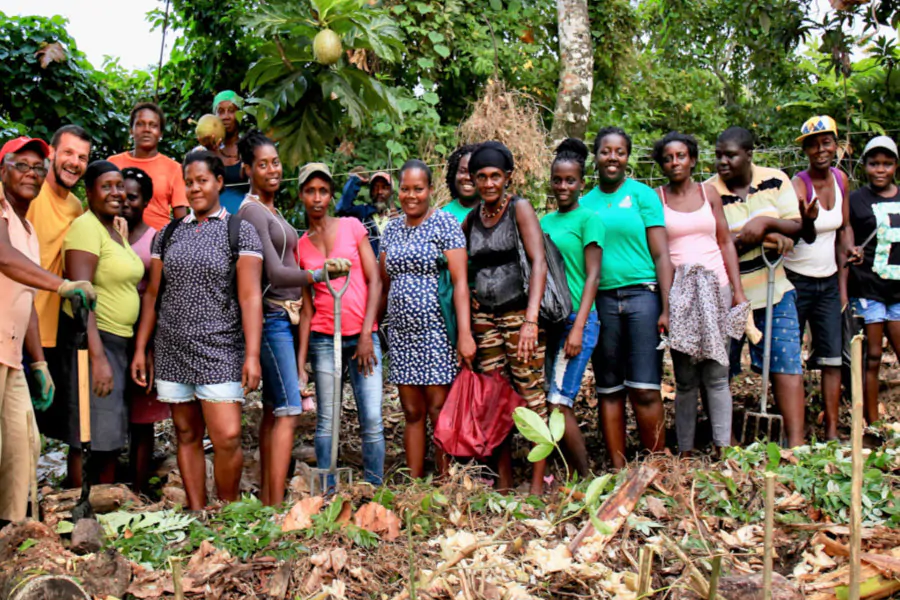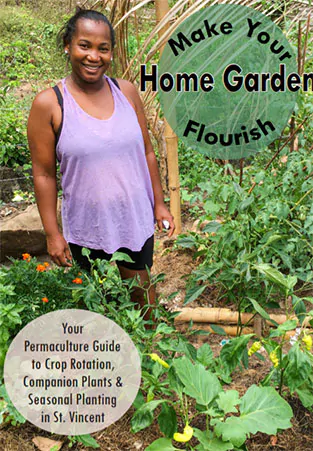Ecological Farming
Why Home Gardens Promise A More Sustainable Future For The Caribbean
St Vincent and the Grenadines depends on a staggering 35% of its national food supply to come from international trade. Due to an aging farming population, the country is low on locally grown food and other fresh food options.
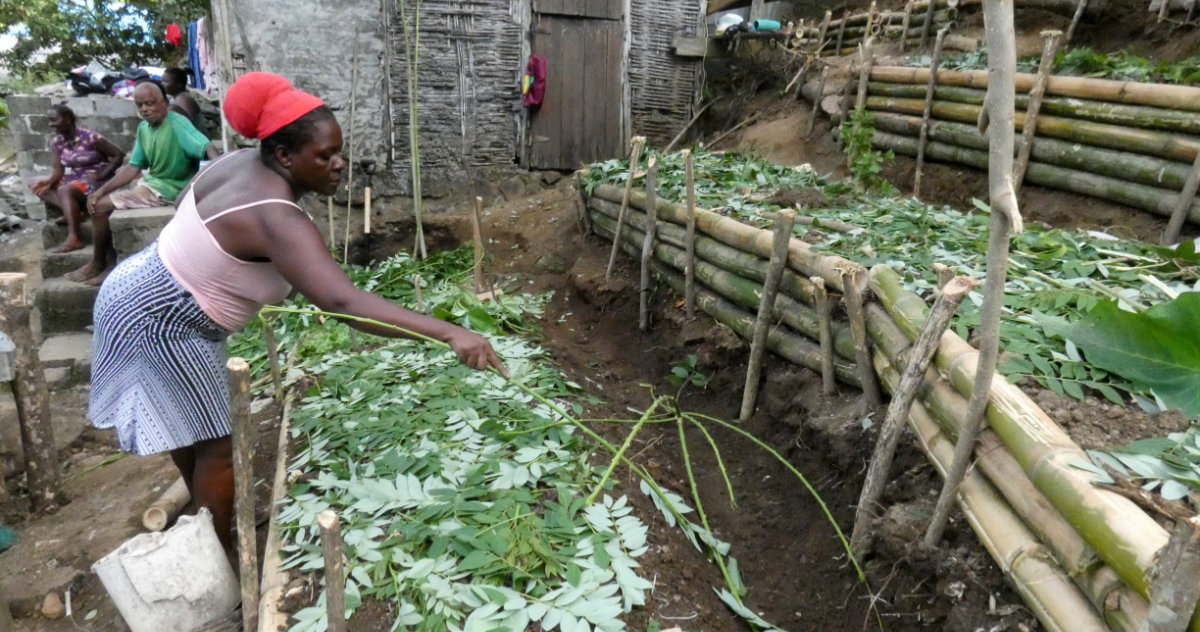
But growing, selling, and buying local food, rather than importing it, is more sustainable. Ecological farming practices—like having a network of home gardens—is more nutritious for locals and helps support the economy.
That’s why Richmond Vale Academy is passionate about helping local families start and maintain home gardens across the islands. They’ve already completed over a hundred home gardens in villages across the country. But they won’t stop until they hit their goal of 1,000 gardens.
The Pass-It-On Sustainable Home Garden Model
The success of the Home Garden project is due to the interest, commitment, and endurance of the individuals and families who have participated. Our Pass-It-On sustainability model encourages locals to share the prosperity of maintaining a home garden with their friends and neighbors.
Now, people knock down our door, asking if and when they’ll get help building their own home garden. People see how empowered their neighbors are, and they want to experience the independence and fulfillment that comes with being a home gardener.
Plus, this home garden network helps us connect the people of St Vincent and the Grenadines like never before. Garden growers are beginning to partner with local farmers to create an organic farmers’ cooperative with the aim of establishing an organic farmers’ market and holding even more community events.
Understanding Ecological Farming With Model Gardens
The model gardens are built on 800 square feet of land, or a plot measuring 20 x 40 feet. The agroecological intensification approach being taken in the design of these model gardens requires the system to have perennial support species, which can be harvested periodically to provide on-site organic matter.
Fences are established using approximately 28-32 Glyricidia posts spaced 4 feet apart with two lines of barbed wire encircling the garden area.
These multi-functional glyricidia trees are an excellent source of organic material, which is high in nitrogen, and can be chopped and dropped to mulch fruit trees or added to compost. They can also be used to support climbing species such as passion fruit, lima beans, or christophene. In addition to the glyricidia the design has two leaucena trees which can be allowed to grow during the dry/ hot times of the year to provide a dispersed shade system and coppiced during wetter more humid times of the year for additional organic matter. The third main type of support species is vetiver grass, which can be used interchangeably with the culinary applicable lemon grass variety. Either of these grasses provides excellent and abundant mulch for the intensive annual garden. Thus providing all the benefits of mulch including improved soil structure, reduced evaporation of critical soil moisture, and very importantly reduced weeding.
There is a 600-gallon water tank placed on a 4x4x4 foot concrete block foundation that collects water from the house roof to water the intensive vegetable garden beds. Of this 48 square feet will be for annual crops that need trellis support such as climbing beans, cucumber, and cherry tomatoes. The long (yard) bean is long-lasting and combines well on the trellises with either cucumber or cherry tomatoes.
The long-term trellis support will be achieved using 7-foot half-inch steel rods that cross and allow for biodegradable mesh support for climbing species.
The manure from the chicken layer/ rabbit component will be fed into the compost along with kitchen scraps, grass cuttings, coppiced glyricidia and leaucena, as well as other organic matter from diverse perennial sources. To get an idea of potential yield we can estimate that the two intensive vegetable garden beds can give us approximately 130 head of lettuce every 2 months along with 36 roots of chives (soon after). Okra, eggplant and hot peppers are other recommended potential plantings on these beds.
Depending on the household and their preference the animal component will consist of a coup for raising rabbits or a few layer chickens. The coup will measure 4×4 feet and will be raised off the ground for better aeration and easy collection of manure from underneath. Rabbits can be raised to supply a meat supplement for the household along with invaluable high-fertility manure.
An important feature of the design is the two contour hedgerows/swale systems, depending on the need of the particular site, that are located at the head of the land and at the mid-way point of the garden.
These systems are critical in controlling erosion and water flow through the land. Swales allow water to be harvested passively, where it counts most, in the soil. They simultaneously provide additional water for the long-term perennial plantings that are critical in mitigating climate change by sequestering carbon dioxide.
These perennial plantings include important species such as coconut, avocado, and cocoa that provide important vegetable oil and protein sources for the chosen households. Papaya and Banana roots provide a consistent year-round harvest of the important fruit element.
Underneath and around these important perennials will be a diversity of useful species such as aloes, turmeric, tania, pineapple, and pigeon peas. As well as flowering annual/biannual species such as cowpeas, dill, basil, and marigolds amongst other possibilities.
The area designated for staple production is approximately 124 square feet, which will diminish by approximately 24 square feet as the larger perennials take their allotted space over time.
This area can be planted with sweet cassava intercropped with sweet potato possibly rotated with other root crops such as carrots or eddoes and pigeon peas in their turn.
Alternatively, it can be planted to pineapple or plantain roots as a more perennial form of the system requiring less management whilst providing important yield potential.
How to make a Home Garden - Introduction
How to make Home Garden - Food has to be at the heart of the solution
How to make a Home Garden (Part 2)
How to make a Home Garden - The future of humanity relies on reconnecting to nature.
How to Make a Home Garden (Part 3)
How to Make a Home Garden (Part 1)
Current Projects
Downloads
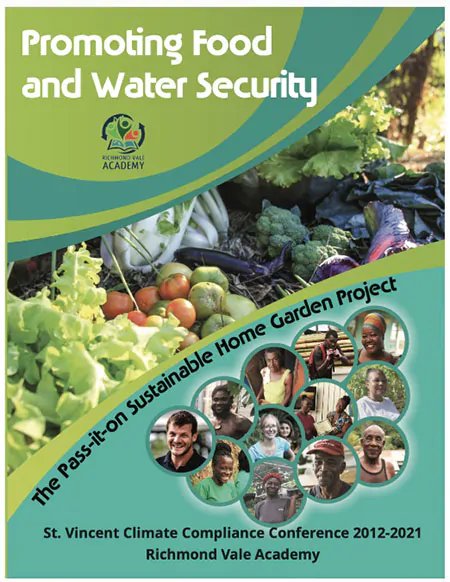
Download booklet below Promoting Food and Water Security – Size: 8 MB(web)

